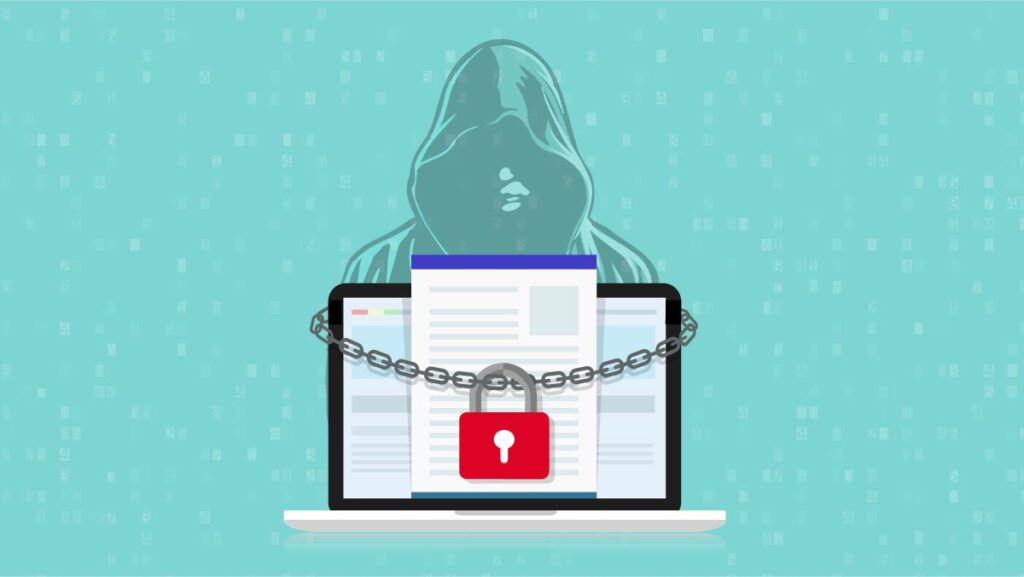Security of Data: Are Online Schemes Secure Enough?

During the past decade, password leaks and data breaches have hit companies, such as Facebook, Equifax, Home Depot, Marriott, Yahoo, Target, and countless others, which requires security of data to be present.
Hackers leaked information and data on at least one of the online accounts. To know which of the accounts was compromised? Search for the email address on “Have I Been Pwned”? To cross-reference the user’s email address with hundreds of data breaches.
How to Protect My Data
A password is essential to secure people’s accounts; that is why everyone should use a password manager to generate and remember complex and different passwords for every budget.
As such, it is considered a vital matter for people to make in order to protect their security and privacy.
For example, Wirecutter’s favorite password managers are LastPass and 1Password. At the same time, both can monitor accounts for security breaches, generate passwords, sync your passwords between your computer and phone, and suggest changing weak passwords.
Password managers appear threatening to set up, but they need to browse the Internet once people install one. While logging into accounts, the password manager saves your passwords and implies changing weak or duplicate passwords.
New passwords will be set for all accounts for a couple of weeks while taking the chance to change the default passwords for any devices in the house (If the smart light bulbs, home router, or security cameras are still using “password” or “1234” as the password, change them).

In addition, users should also utilize two-step authentication whenever possible for their online accounts, with major social networks and banks offering this possibility.
Two-step authentication needs two steps: joining the password and entering a number that only the user can access. The first step is logging in to Facebook with the username and password, followed by step two, where Facebook issues a temporary code to the user through a text message or an app like Google Authenticator. Then the user enters that code to log in. However, this isn’t always guaranteed due to glitches with the two-step authentication process, like the one dilemma that happened with WhatsApp’s two-step-verification.
(PCI DSS), Preserving Our Financial Assets
On the other hand, the Payment Card Industry Data Security Standard (PCI DSS) is a collection of security standards intended to guarantee that all companies that process, accept, store or transmit credit card information maintain a secure environment.
The Payment Card Industry Security Standards Council (PCI SSC) was launched in 2006 to handle the continued development of the Card security standards, concentrating on enhancing payment account security throughout the transaction process.
The PCI DSS is operated and dispensed by the PCI SSC, an independent body created by some significant payment card brands (MasterCard, Visa, American Express, Discover, and JCB.). It is important to note that the payment brands and acquirers are responsible for enforcing compliance, not the PCI council.
Biometric Data, Critical Aspects of Preserving the Data
Biometrics are considered physical characteristics or biological measurements that are used to identify individuals, such as facial recognition, fingerprint mapping, and retina scans. All those are forms of biometric technology.
Data security measures include those forms of data, while researchers reason the shape of an ear, the way someone walks and sits, the veins in one’s hands, unique body odors and even facial contortions are other unique identifiers. These attributes also define biometrics.
Once biometric data is stored, it cannot be amended.

Unlike a password, the user can’t forget a biometric identifier like your fingerprint or voice. After this data is captured, it is analyzed and converted into a biometric template.
Biometric templates are binary files containing particular traits of an individual’s biometric data. Unreadable without the correct algorithm.
As such, there are several storage-based strategies for biometric data that organizations can employ.
The most common is the data stored on an end user’s device. It is used on smartphones that use touch ID fingerprint sensors, such as Apple’s ‘Secure Enclave.’
On-device storage can store biometric data through a chip that holds the data separately to the device’s network.
Security Concerns in Cloud Computing
The risks related to cloud computing security are linked to cloud data security.
The lack of visibility, data, inability to control, or data theft in the cloud, most issues come back to the data customers put in the cloud.
Thus, the 10 SaaS Cloud Security Issues and the data security compliance are:
- Absence of visibility regarding the nature of data is within cloud applications.
- Theft of data from a cloud application by a malicious actor.
- Incomplete control over who can access sensitive data.
- Inability to monitor data in transit to and from cloud applications.
- Cloud applications are being provisioned outside of IT visibility.
- Lack of staff with the skills to manage security for cloud applications.
- The inability to contain hostile insider theft or mishandling of data.
We’ve written an interesting piece about security measures taken in the telecom industry, which explains how enterprises tackle the abovementioned problems.
The privacy of our accounts, which translates into client data protection, is the most critical factor in human nature, leading to taking extreme precautions to protect our privacy and stopping any form of hacking. Therefore, security information, privacy and confidentiality are of the users’ utmost importance.
Like what you read? We have tons of exciting cybersecurity content and publish almost every week. Stay tuned to Inside Telecom’s cybersecurity news to be up to date with the latest and most incredible cybersecurity Trends.
